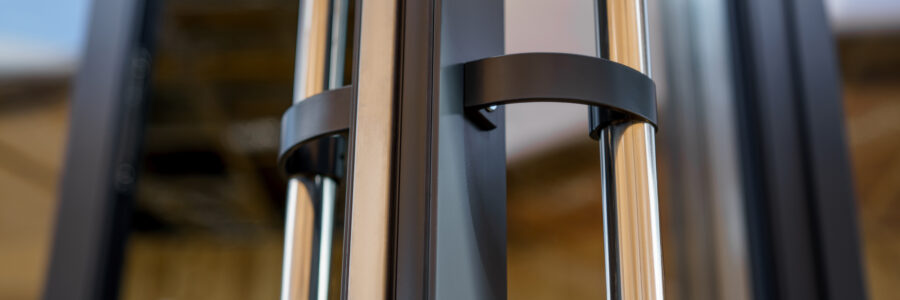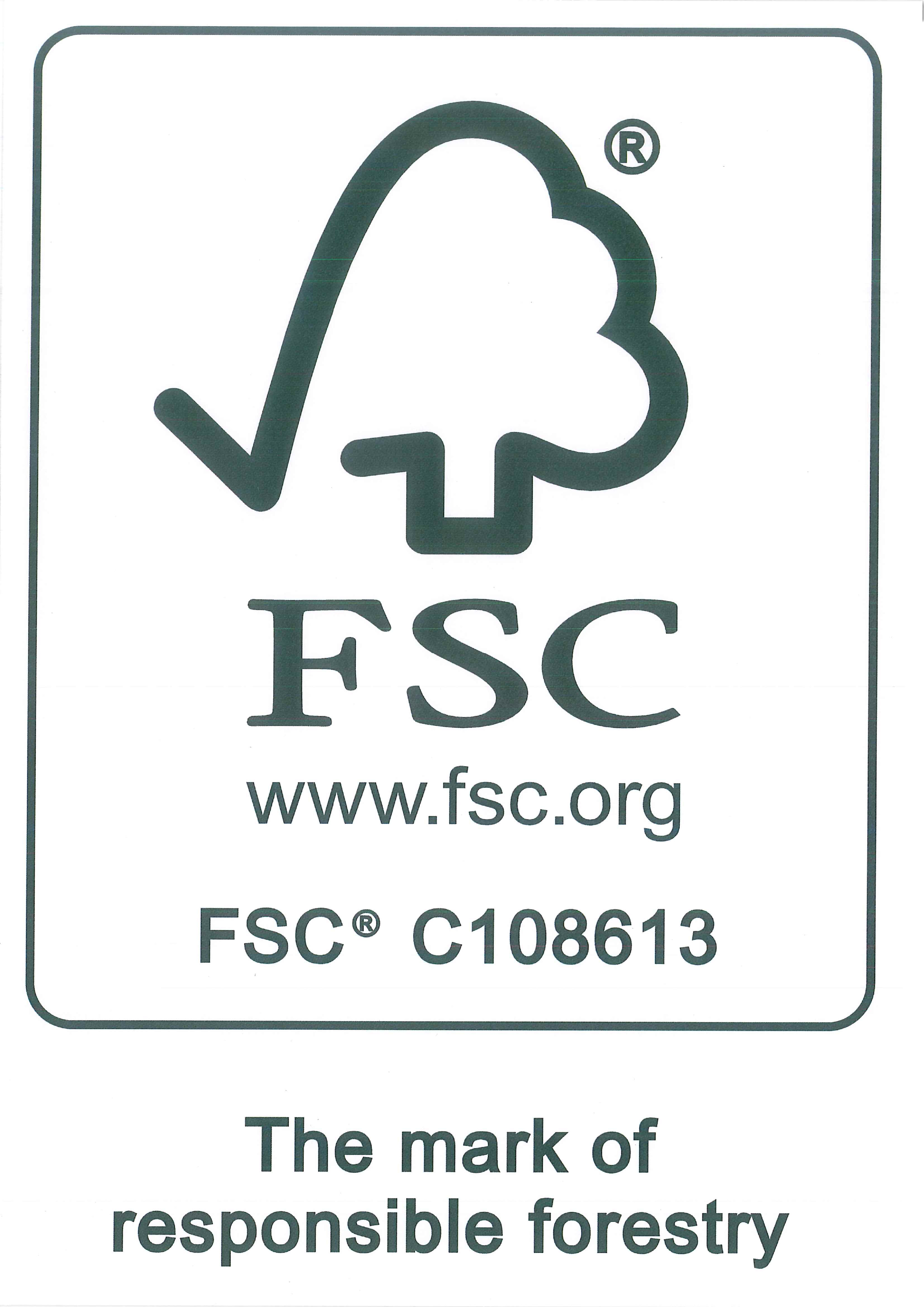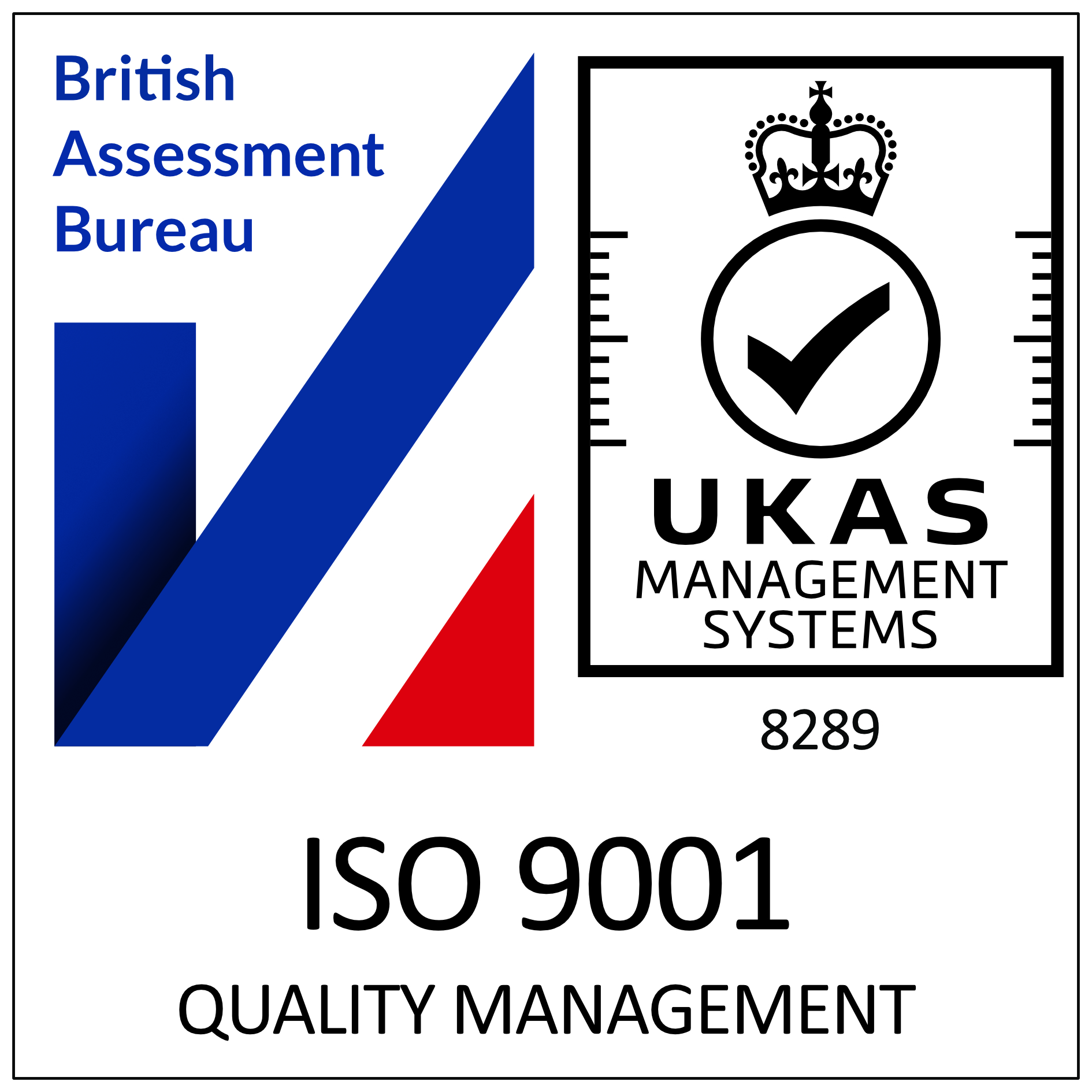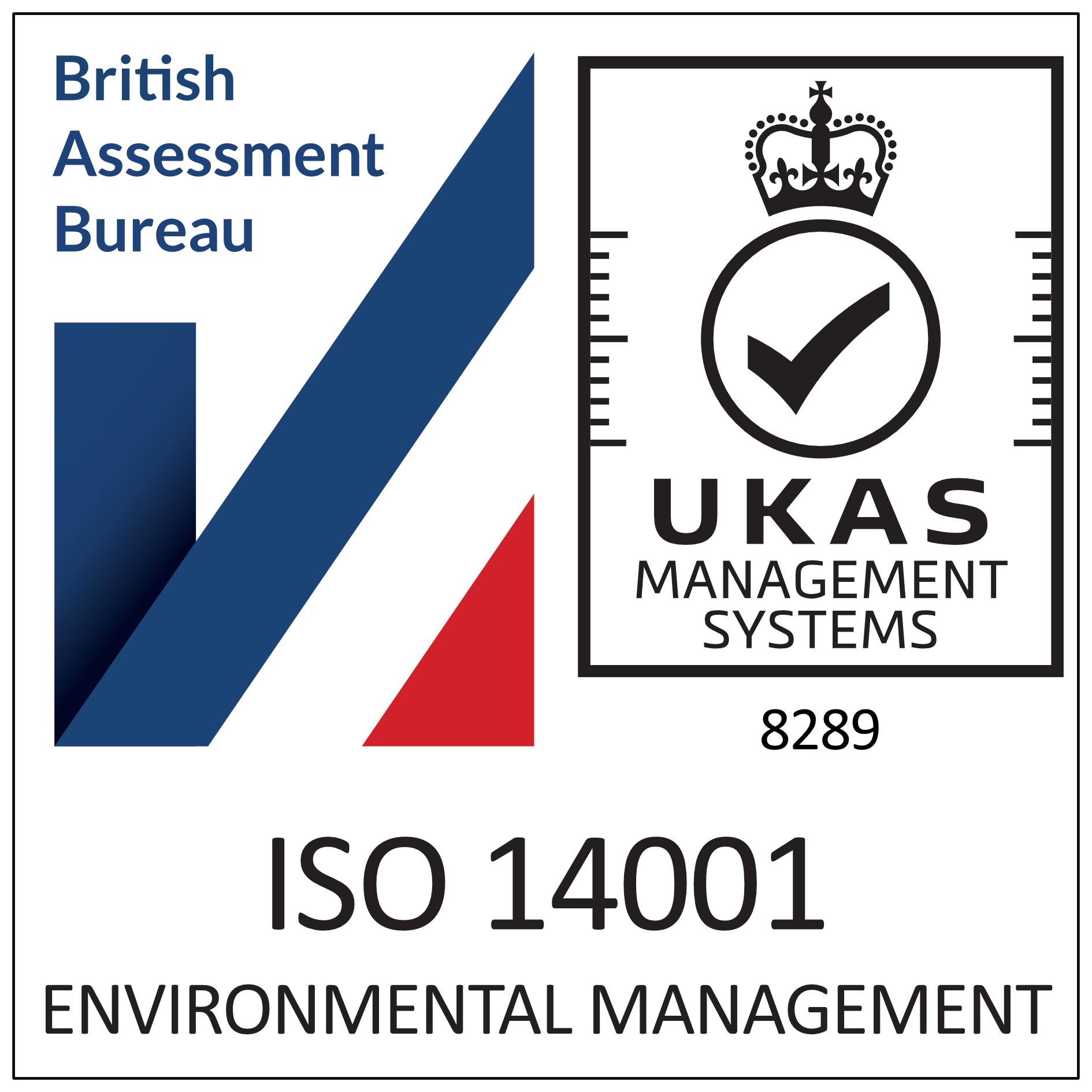A Guide To Intumescent Strips
In all buildings where fire doors are mandatory to satisfy building regulations and the legal Health and Safety requirements, the fire doors will need to be manufactured or fitted with some form of intumescent strip. Intumescent strips or seals are a vital element of a fire doors protection capabilities and can play a huge part in the potential saving of lives and property in the event of a fire outbreak. Here is a more detailed explanation of these important safety features:
Intumescent Strips
An intumescent strip is a chemically designed product that helps to prevent the spread of fire from travelling from one space to another. They are usually made from plastic with an intumescent material core – when exposed to heat, as in a fire outbreak, the intumescent chemicals react and the strips swell-up to seal the fire door closed, filling any gaps between the door itself and the frame, thus preventing heat and other harmful elements of a fire outbreak from transferring through to adjoining rooms or areas. Although an intumescent strip will prevent a certain amount of smoke transfer, its main function is to prevent the spread of fire and heat – it will lock heat away and buy precious time for a safe evacuation of any occupants and/or users of the building, as well as protecting areas of the building itself not already ablaze. Some brands of intumescent strip will also contain a smoke seal which will also prevent the spread of potentially fatal smoke and toxic gasses often created with a fire outbreak.
Intumescent Smoke Seals
An intumescent smoke seal is similar to an intumescent strip but is designed to be more effective at containing smoke and toxic fumes and preventing their spread from one area to another. Intumescent smoke seals work in much the same way as the strips, fitted around the door frame and naturally expanding when subjected to excessive heat thus providing valuable time for evacuation of an area, or building. Smoke seals are more clearly visible than intumescent strips regardless of the position of the door. Smoke seals will be in the form of either a brush pile or a fin (or flipper) which forms the connection between the door leaf and the frame thus ensuring no gaps or spaces around the frame or underneath the door.
Fire Doors
All designated fire doors require intumescent strips of some type – some may require fire only products whilst others will require the more substantial smoke seals that offer protection against the spread of smoke and fumes as well as fire and heat. Each building or location will have building regulations in place that will dictate exactly the fire doors functions. All elements of fire doors, including any intumescent fixtures, will have been fully tested and certified to the different fire protection ratings – Fd30 doors for 30 minutes protection, Fd60 doors for 60 minutes protection and so on. The fire protection ratings applied to the intumescent strip specifically will be certified as Fd30S, Fd60S, etc. – on some fire doors a dropdown seal may need to be installed to satisfy the smoke protection rating.
Protection
It is widely accepted that, in the event of fire, smoke inhalation kills more people than the fire itself. The fitting of smoke strips and seals will prevent this smoke inhalation and will lessen the possibility of people evacuating a building being adversely affected by lung damage and potentially passing out, thus endangering life. It is sensible to fit your fire doors with both smoke seals AND intumescent strips to provide as much protection as possible – combining the two will give people the best possible chance of escaping without injury in the event of a fire outbreak. If fitting intumescent strips to existing fire doors, they should always be fitted by a competent, trained professional such as a certified carpenter or joiner. Once installed or fitted, regular maintenance checks on these elements of your fire doors should be performed, along with the fire door inspection in general, and any faults or damage should be repaired or replaced immediately!









